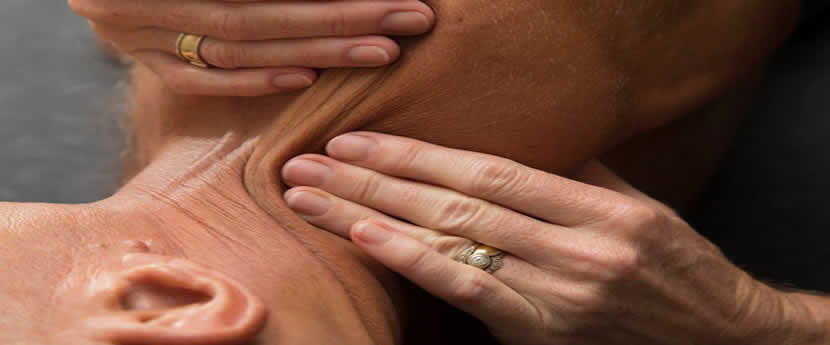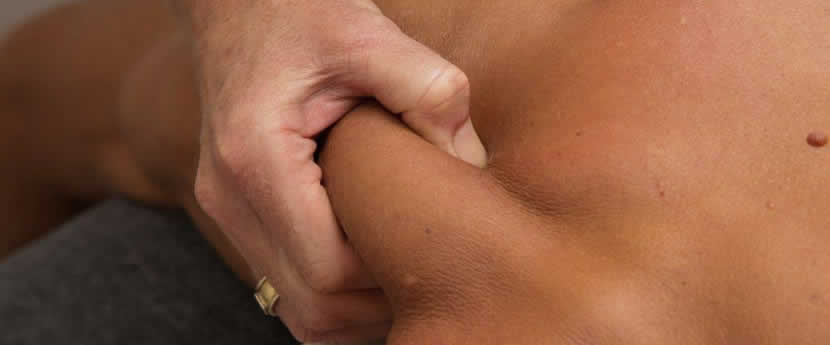Common Problems that we treat include:
- Labral Tears
- Femoroacetabular impingement (FAI) of the hip
- Hamstring strains/tears
- Ankle Sprains
- Dislocations
- Lower back pain
- Upper Back pain
- Neckpain or injuries including whiplash and wryneck/torticollis
- Headaches including cervicogenic and ‘tension’ headaches
- Vertebral injuries: eg ‘slipped disc’
- hamstring strains/tears
- calf muscle strains/tears
- back muscle strains
- quads muscle strains/tears
ankle ligament sprains
cruciate ligament sprains
collateral knee ligament sprains
Physiotherapy can treat most pain relating to nerves, muscles and joints.
- Nerve Pain
- Nerve Entrapment: eg piriformis syndrome
- Nerve Root Compression
- Sciatica
- Pins and needles in your fingers/hands or toes/feet
- Painful jaw joint or pain on chewing
- Inability to open your mouth
- Shoulder Joint Dislocations
- Acromio-clavicular (AC) joint dislocations
- Patella dislocations/subluxations
- Elbow Joint Dislocations
- Knee, hip or shoulder replacements
- Muscle repairs: eg Rotator cuff repairs
- Menisectomies
- Ligament repairs: eg ACL repairs
- Internal fixation after fractures
- Arthroscopies
- Spinal discectomies, fusions, disc replacements
We treat the complications of any bone fractures including pain, stiffness, swelling and weakness and include rehabilitation.
- Mastitis
- Bleeding or painful, cracked nipples
- Engorged Breasts
- Blocked Milk Ducts
- Joint pain and stiffness
- Dysfunction
- Resultant poor posture
Although AS cannot be cured, treating the symptoms can be effective and the altered biomechanics can be improved.
We treat sinusitis with nebulising, laser, ultrasound, dry needling and upper neck joint mobilisation.
Triggerfinger is caused by inflammation of the tendon sheath around the flexor tendons. This causes the finger to snap/lock when you open or close your hand.
Fibromyalgia is a condition characterised by chronic, widespread pain, fatigue, sleep disturbance, joint stiffness and bowel and bladder abnormalities.
The book, “ The Fibromyalgia Solution” by David Dryland, is very helpful in understanding this condition.
Bursitis is an inflammation of a bursa. A bursa is a small fluid-filled sac that reduces friction and cushions pressure between your bones and the tendons and muscles near the joints.
This is one condition that responds well to laser which is an electrotherapy modality.
BPPV is a spinning type of dizziness/vertigo brought on by head movement. It is caused by displacement of the calcium carbonate crystals (otoconia) usually attached to the hair cells in the inner ear. These otoconia are then free floating in one of the fluid filled tubes inside your inner ear, causing you to feel dizzy.
Who do we treat?
- Sportsmen, Women and Children
- Dancers
- Pregnant women
- People of all ages with any of the above conditions
How do we treat?
We will choose techniques that we have found to be the most effective in treating the presented type of condition. We will adjust these techniques based on the outcome of previous sessions and as your condition improves and changes. Your treatment will be personalised to achieve the best possible results. We have electrotherapy machines should they be needed, but our emphasis is hands-on-techniques. We will mostly use a combination of different techniques (evidence based practice). Using hands-on-techniques and a combination of different techniques has been researched to be the most effective.
What are the benefits of treatment?
- Decreased pain
- Decreased swelling
- Improved circulation
- Decreased inflammation
- Improved mobility
- Improved muscle length
- Increased flexibility and range of movement
- Decreased muscle spasm
- Increased muscle strength and endurance
- Improved stability, balance, co ordination, proprioception
- Improved gait (walking pattern)
- Reduced risk of re-injury
- And ultimately: Improved function and improved quality of life.








